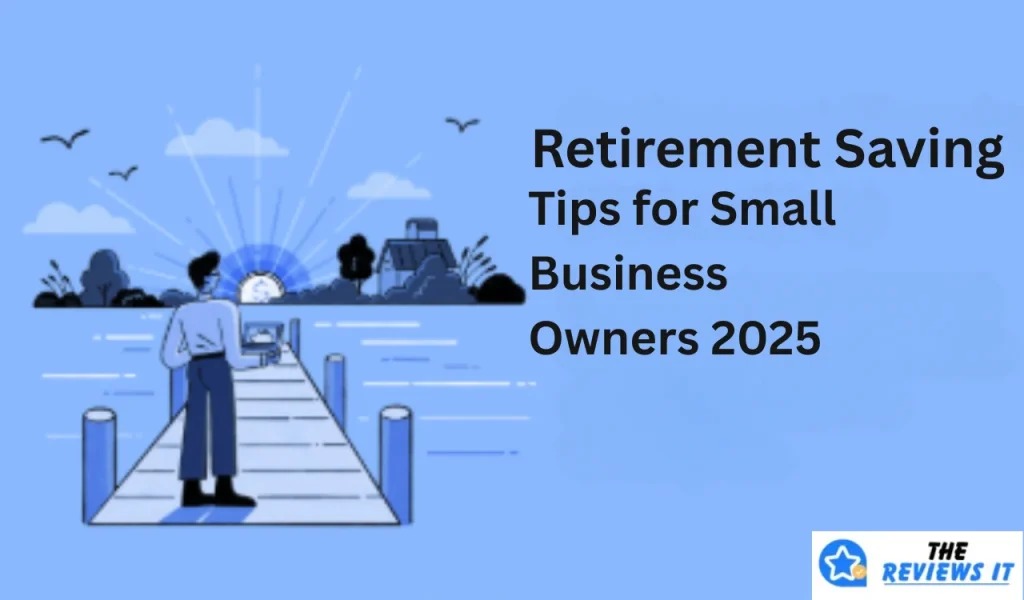Table Of Contents
- Understanding the SECURE 2.0 Act
- Exploring Retirement Plan Options
- Maximizing Contribution Limits
- Implementing Automatic Enrollment
- Offering Financial Education
- Utilizing Tax Credits and Incentives
- Considering Safe Harbor 401(k) Plans
- Planning for Business Succession
- Conclusion
Key Takeaways
- The SECURE 2.0 Act brings major retirement plan changes for small businesses, including automatic enrollment and increased tax credits.
- Small business owners have multiple plan choices, such as Solo 401(k), SEP IRA, and SIMPLE IRA, to suit varying business needs.
- Increasing contribution limits and implementing automatic enrollment can significantly enhance retirement savings for both owners and employees.
- Offering financial education and understanding tax credits enhances participation and reduces plan costs.
Understanding the SECURE 2.0 Act
The retirement landscape for small businesses is changing rapidly due to the SECURE 2.0 Act, which takes effect in 2025, making it easier for owners to offer robust retirement plans and helping close the savings gap for employees who historically have had limited access to employer-sponsored accounts.
Among its key changes, new 401(k) plans must include automatic employee enrollment, which improves participation and long-term financial security. For many owners, retirement planning for small business with ADP provides a streamlined solution that handles plan setup, administration, compliance, and employee education.
Additionally, the Act enhances tax credits for startup costs, allowing small businesses to offset up to $5,000 per year for the first three years of a new plan, including administrative expenses and employee education, further reducing barriers to offering retirement benefits.
Exploring Retirement Plan Options
Small business owners have several retirement plan options tailored to different business sizes and goals. A Solo 401(k) suits self-employed entrepreneurs, allowing high contributions from both employer and employee sources with flexible annual adjustments.
A SEP IRA offers employer-only contributions up to $69,000 or 25% of compensation, with minimal paperwork, making it ideal for seasonal or variable-income businesses. According to Investopedia, small business owners should carefully evaluate these options, as the best plan depends on factors like business size, cash flow, and desired employee participation.
The SIMPLE IRA is designed for companies with 100 employees or fewer, featuring lower administrative costs and either matching or non-elective contributions, which provide predictable expenses while supporting employee savings.
Understanding each plan’s eligibility, contribution rules, and withdrawal options including Roth possibilities helps owners align retirement offerings with business growth and maximize tax advantages.
Maximizing Contribution Limits
Retirement contribution limits have increased for 2025, providing small business owners with an excellent opportunity to accelerate their savings. The maximum employee contribution to 401(k) plans now stands at $23,500. For individuals aged 50 and above, catch-up contributions have also increased to $7,500; those between ages 60 and 63 can contribute an additional $11,250.
These new limits allow for a significant boost in retirement savings potential, particularly for business owners looking to maximize tax-advantaged contributions as they approach retirement age. These higher thresholds allow business owners and employees to augment their retirement nest eggs during peak earning years. Employees can take advantage of these higher limits by systematically increasing their contributions each year or setting up automatic annual escalations.
According to Kiplinger, there are several strategies for “catching up” on retirement savings that can help older workers maximize their 401(k) contributions and take full advantage of tax-deferred growth. Owners should encourage eligible employees to take full advantage of these limits, emphasizing the long-term benefits of consistent investing and how compounded returns make starting early even more critical.
Implementing Automatic Enrollment
Automatic enrollment in retirement plans will become a norm for new 401(k) plans in 2025, and it is expected to radically improve savings rates across small businesses. Initially setting contributions between 3% and 10%, with a 1% annual increase until reaching at least 10%, helps promote a savings culture and increases overall plan participation.
Studies show that automatic enrollment greatly increases the odds that employees especially younger workers and those new to retirement saving—will contribute regularly to retirement accounts rather than delaying participation. This also decreases the administrative hassle of manually enrolling employees and puts retirement savings on autopilot, benefiting both owners and their teams.
Owners no longer need to worry that employees are missing out due to inaction or lack of information. Many providers offer integrated technology solutions to handle the mechanics of auto-enrollment, including easy opt-out features that streamline compliance and reporting requirements.
Offering Financial Education
Providing financial education to employees is a powerful way to boost participation and contribution rates within retirement plans. Workshops and informational sessions should focus on the benefits of starting early, the power of compounding, and the differences between plan types.
Educating employees about tax benefits, investment options, and managing risk can foster more confident and committed savers. Small business owners can partner with their plan providers to deliver regular financial literacy seminars, online courses, or even one-on-one advice sessions as part of employee benefits.
Well-informed employees are more likely to utilize their retirement plan effectively, resulting in better retirement outcomes. When workers understand how their personal savings are invested, what the company offers as a match or profit share, or how vesting schedules work, they are more likely to increase their own savings rates and make wiser long-term decisions.
Utilizing Tax Credits and Incentives
The SECURE 2.0 Act significantly increases the value of tax credits for employers establishing retirement plans. In addition to the 100% administrative cost coverage up to $5,000 for three years, there’s also a $500 automatic enrollment credit available for three years.
These government incentives significantly reduce the cost barrier, making it easier for small businesses to establish and maintain retirement plans for their employees. These credits can also offset costs such as plan setup fees, employee outreach, or consulting expenses, making adoption even more attractive.
Considering Safe Harbor 401(k) Plans
Safe Harbor 401(k) plans offer an efficient compliance route for small businesses by bypassing the burdensome annual nondiscrimination testing that standard 401(k) plans require. In exchange for making mandatory employer contributions, all employees receive equitable benefits, ensuring the plan remains fair and compliant year after year.
Owners seeking to streamline plan management and reduce administrative headaches often find Safe Harbor plans to be the most straightforward approach. Safe Harbor plans also allow for higher salary deferrals by highly compensated employees, making them ideal for businesses where the owner or key executives want to maximize personal retirement savings.
Planning for Business Succession
Retirement savings for owners are intricately tied to the future of the business. Establishing a clear, documented succession plan ensures a smooth transfer of ownership and safeguards the company’s legacy and continuity. Essential steps include selecting a successor, developing a clear and actionable timeline, accurately valuing the business, and drafting a comprehensive buy-sell agreement.
Start this process years before you expect to retire or exit, as this gives you time to groom a successor, prepare staff, and ensure your own retirement funds are fully secured regardless of how the transition unfolds.
Addressing succession planning early protects the business’s value and gives both the owner and employees confidence about their financial futures. Proactive planning also helps to avoid family or partner disputes and keeps critical knowledge within the company as leadership changes hands.
Conclusion
Staying ahead with retirement plan changes is vital for small business owners in 2025. By understanding new legislation, selecting the right plan, maximizing contributions, and taking advantage of tax incentives, business owners can create sustainable and robust retirement strategies for themselves and their employees.
Prioritizing employee education, compliance, and succession ensures financial security and stability for years to come. Leveraging professional advice and regularly reviewing your plan’s performance can make a substantial difference in long-term outcomes, setting up both business owners and employees for the retirement they deserve.









